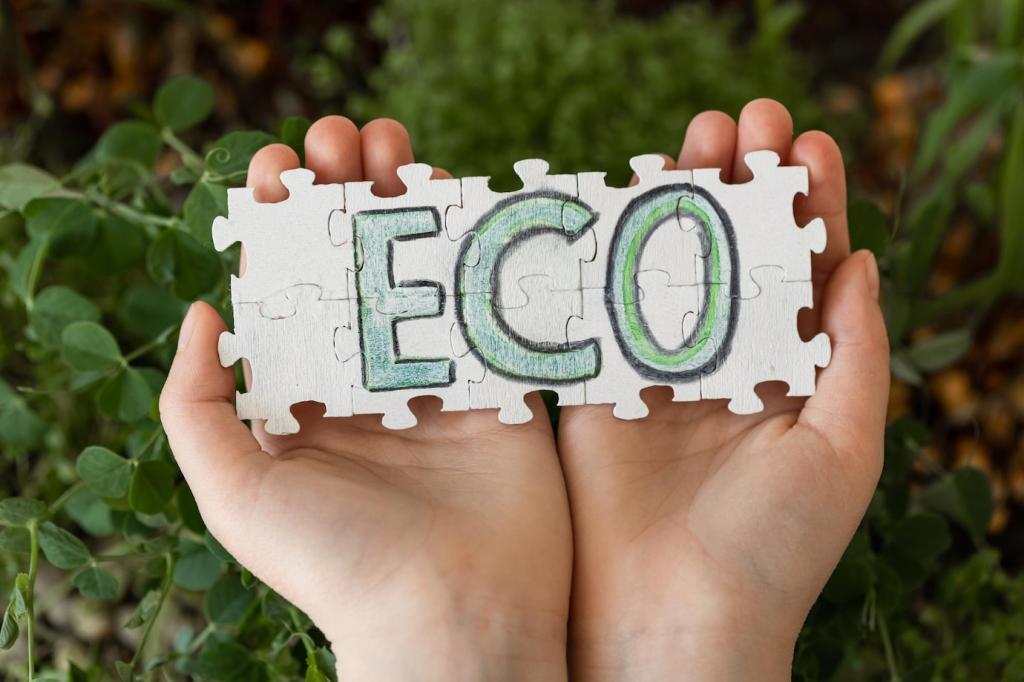Performance in Real Rooms: Kitchens, Baths, and Basements
Linoleum’s resilience eases long cooking sessions and cleans quickly after spills. Cork offers warmth and quiet underfoot; with the right sealer, it handles splashes well. Share your floor plan, and we’ll suggest layout and transition ideas.
Performance in Real Rooms: Kitchens, Baths, and Basements
Prioritize slip resistance, sealed edges, and robust moisture barriers. Mineral options or well-sealed plant-based floors can perform admirably when ventilation is strong and maintenance is consistent. Tell us your humidity challenges to troubleshoot together.








